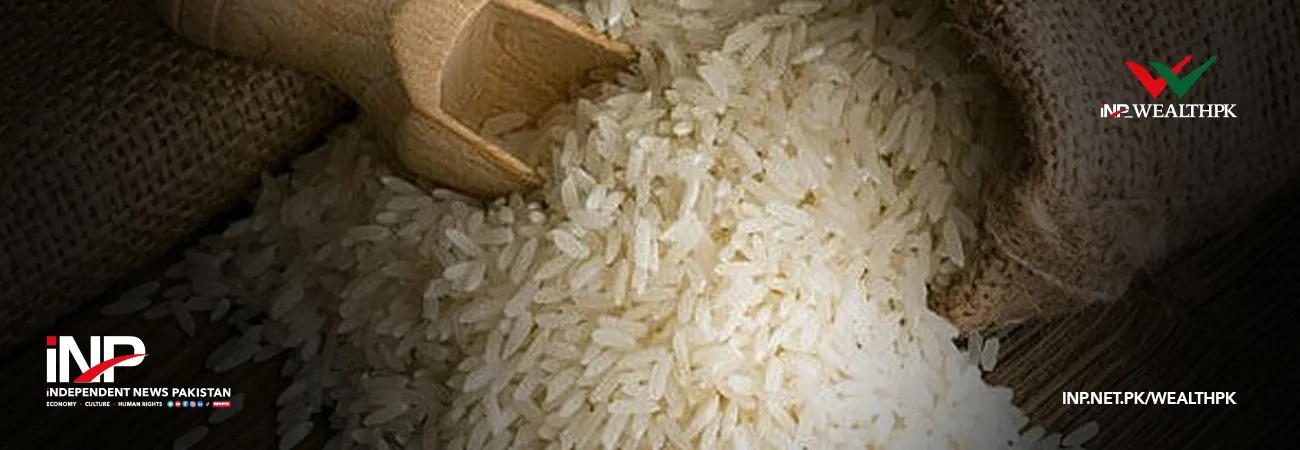INP-WealthPk
By Ayesha Saba ISLAMABAD, April 21 (INP-WealthPK): Balochistan’s water storage capacity has increased to 68,939 acre-feet, allowing the province to expand its irrigation network and manage the water scarcity challenges, reports WealthPK. To address water scarcity, the Balochistan government has accelerated dam development projects and increased funding in the current fiscal year's Public Sector Development Programme (PSDP). Twenty-seven dams with a storage capacity of 68,939-acre feet have been built in various areas of the province as part of the Public Sector Development Programme (PSDP). According to sources in the Ministry of Water Resources, the small, medium, and big dams under construction will add additional 9.016 million acre-feet (MAF) to the existing storage capacity. The water storage capacity in the country will expand to several million-acre feet with the building of big reservoirs, which will assist in storing rain and floodwater during the monsoon season. From the total estimated cost of Rs1.492 billion, Rs298 million has been budgeted for building the Awaran Dam and the development of the Command Area in the financial year 2021-22 to collect rainwater since the area is dependent on the groundwater. The government had invested Rs1,500 million for the construction of Bolan Dam, Rs2,000 million for Naulong Dam, and Rs1,011 million for Gharoki Dam. The federal government is also providing funds for the construction of various small, medium, large, and recharge dam projects in the country through the Federal Public Sector Development Program. Talking to WealthPk, Bilal Iqbal, Senior Scientific Officer of Water Resources Institute at NARC, said, “Amongst Pakistan’s provinces, Balochistan faces the greatest risk posed by the water crisis in the country. Pakistan’s largest province is least urbanized as compared to the rest of the country. It is situated in the desert belt where the climate is arid to semi-arid with low rainfall, dry winds, cold winters, and hot summers.” “Most of the population lives in rural areas. With the passage of time, water resources are being overexploited, especially in the urban areas, and groundwater levels are sinking. The province also lags behind in other social development indicators such as primary education enrolment rate and access to sanitation”. “Growing population size and a period of drought from the late 1990s to mid-2000s have contributed immensely to desertification in the province. Most areas rely on groundwater but that has depleted sharply due to added stress in the absence of alternative sources and increased demand,” Bilal Iqbal continued. “In the age of economic integrity and changing geopolitical environment, Pakistan is keen to strengthen itself domestically and bring the much-needed change to Balochistan. Geographically, Balochistan lies at the forefront of China’s strategic initiatives in the region”. “The Government of Pakistan has made a number of efforts to reach out to the people of Balochistan, especially after the launch of the China-Pakistan Economic Corridor (CPEC). In order to curtail such an alarming situation and secure the future of millions of residents, the water crisis is being brought on top of provincial and central governments’ agendas”. He further said, “Scarcity of water is emerging as one of the most pressing concerns for Pakistan. The entire water chain of Pakistan requires fundamental adjustments and a sound national water policy on the framework is needed for balanced socio-economic development as well as management and conservation of the country’s water resources”.













